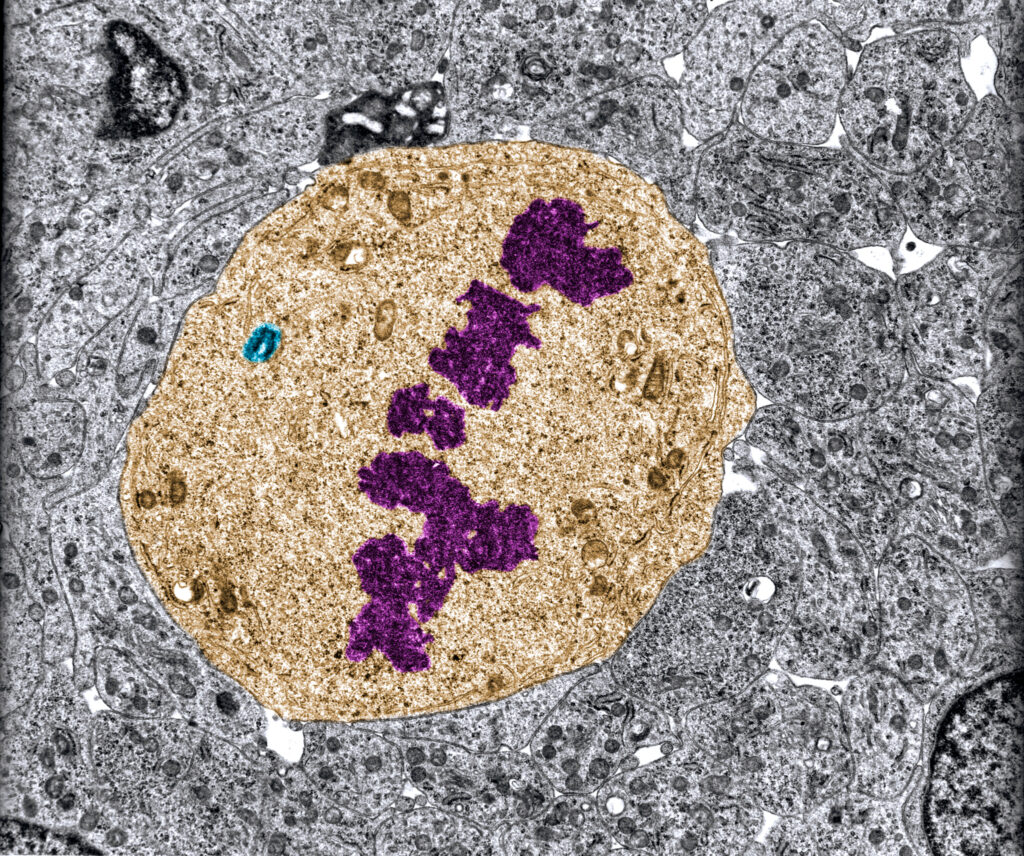Why Are Zoonotic Diseases Becoming a Bigger Risk?
As of September 9, 2025, the Worldometer listed the human global population as 8.3 billion people (1). This population growth means that humans will be living and working in previously uninhabited or minimally disturbed environments, increasing interactions between humans, domestic animals, wildlife, and their pathogens. This intensifying human-animal interface heightens the risk of zoonotic disease transmission, where pathogens cross species barriers (from wildlife to domestic livestock or from wildlife to humans), potentially leading to outbreaks and even pandemics.
How Do Urbanization and Climate Change Amplify Zoonotic Threats?

Urbanization, habitat disruption, and climate change further exacerbate these risks by altering ecosystems and facilitating the spread and emergence of vector-borne and zoonotic diseases. Understanding and addressing these threats requires robust surveillance, effective diagnostics, and proactive strategies to prevent and mitigate disease emergence and spread.
In urban areas, public health officials are already using wastewater to monitor known pathogens and identify “hot spots” of activity to predict increases in illness within local populations (2). Animal shelters are another place where there is an opportunity to monitor for emerging infectious diseases that could affect domestic pet animals.
Continue reading “What Shelter Dogs Can Tell Us About Emerging Zoonotic Diseases”







